No, we're not talking about these Wild Hogs.
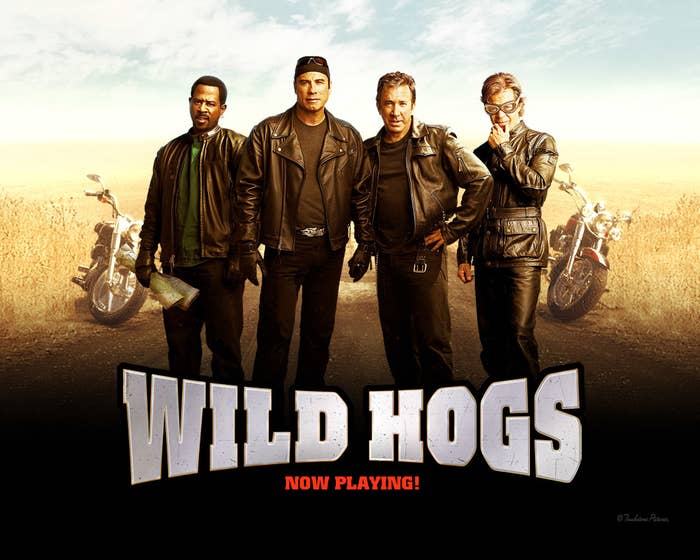
And no, we're not talking about the domesticated piggies we all know and love, either.
These two pen pals look like they just heard a good joke.
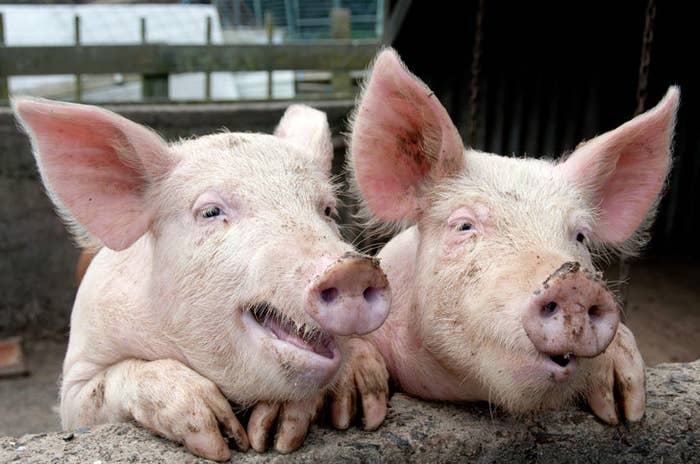
Feral hogs are the subject of our story today.
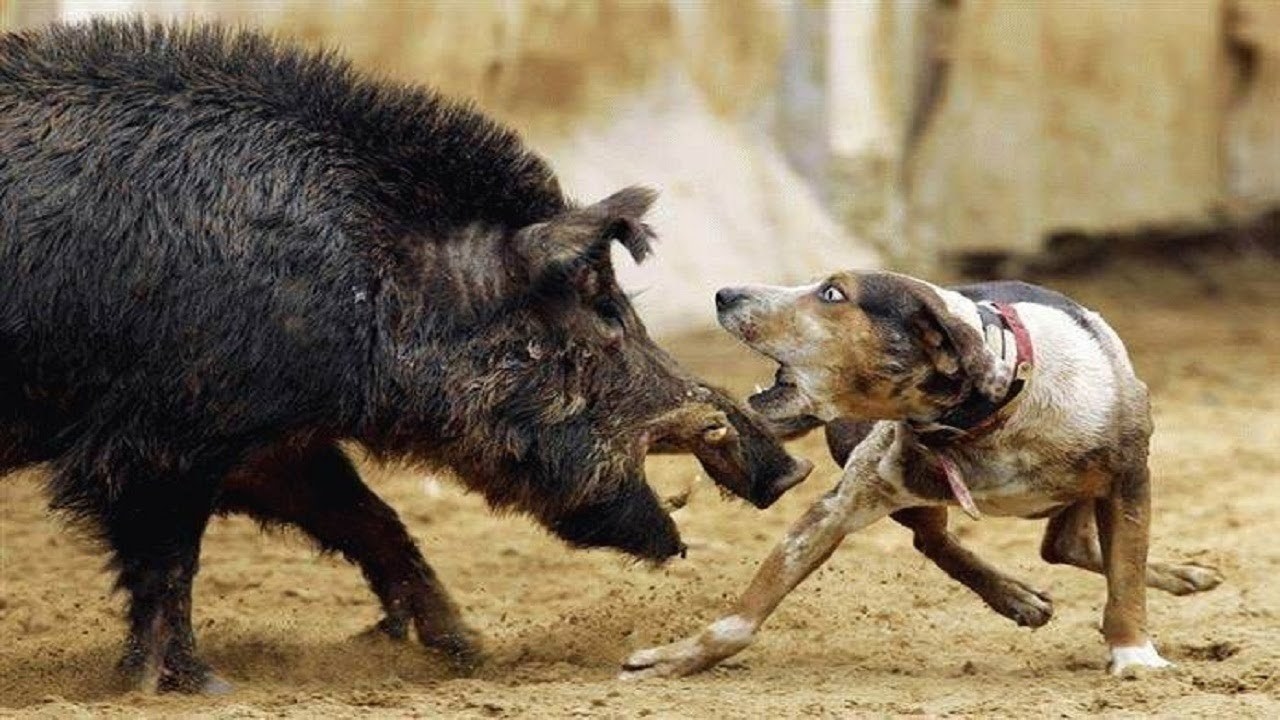
Feral vs. Domestic
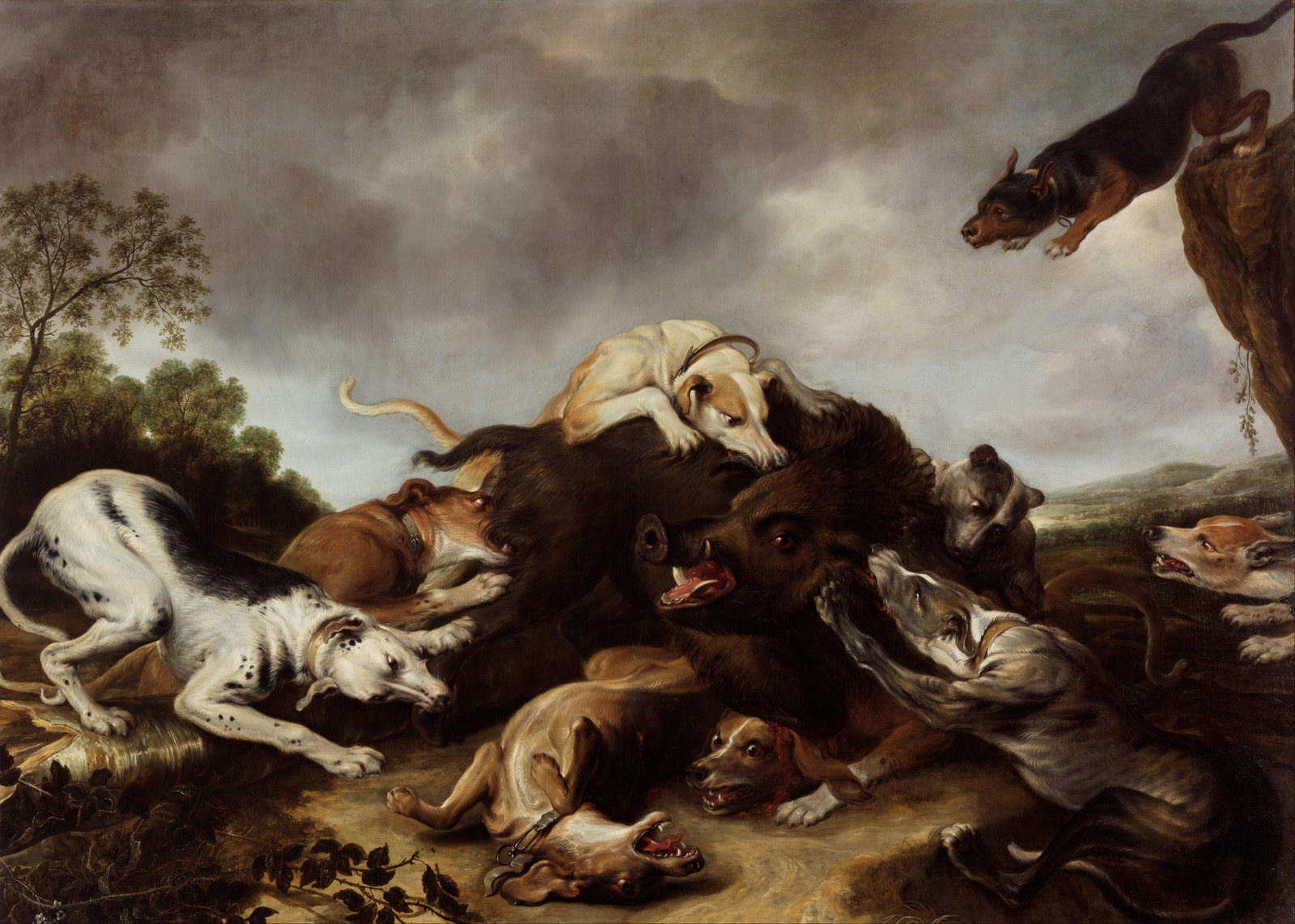
History of Feral Pigs in America
Domestic pigs were first brought to the Americas in the 1500s by Spanish explorers, who used them for a food source and for their lard. Pigs in those days were managed much differently than the pigs of today we see housed in hog barns. Oftentimes they were allowed to free-range and escapes were much more common. In the early 1900s, another species of pig, the Eurasian wild boar (Sus Scrofa) was introduced for sport hunting purposes and escapes from hunting reserves also occurred. Today, many feral populations are a hybridization of domestic and Eurasian wild boars according to the Mississippi State University Extension Service Department of Wildlife and Fisheries. MSU also describes feral hogs as highly adaptable animals, able to live almost anywhere, eat almost anything (including small mammals, newborns of large mammals, birds, and reptiles), reproduce rapidly, and having few natural predators when they reach over 40 pounds in size (adult feral hogs weigh between 100 and 400 pounds). Feral hog populations have been documented in at least 45 states with roughly 8 million hogs nationwide.
The Big Stink: Why Feral Hogs are a Problem
Rick Taylor says that in Texas alone there exists a feral hog population numbering into the millions, the largest population of any state. So why is the Texas population so enormous? "The increase in population and distribution is due in part to intentional releases, improved habitat, increased wildlife management, and improved animal husbandry such as disease eradication, limited natural predators, and high reproductive potential. There seem to be very few inhibiting factors to curtail this population growth and distribution although extreme arid conditions may impede it," says Taylor.
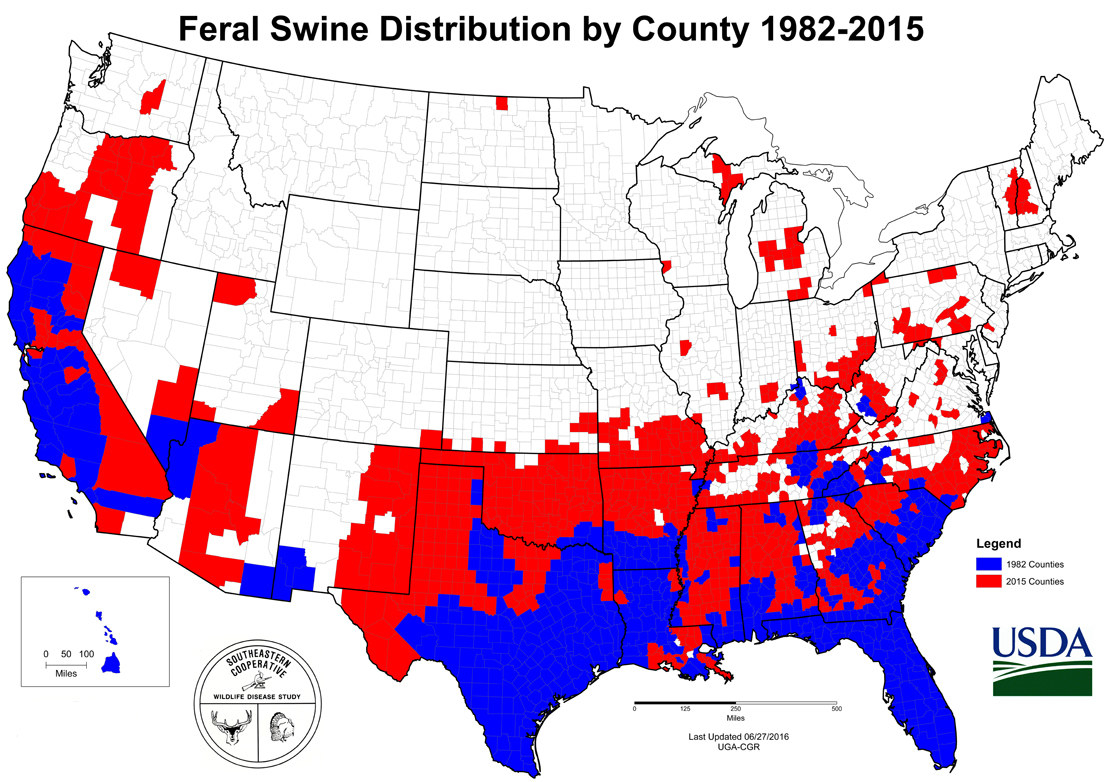
Stop in the Name of Law
An article in the American-Statesman was recently published about how District Judge Jan Soifer suspended the Texas Department of Agriculture's decision to legalize the use of warfarin-laced bait by licensed pesticide applicators on feral hogs. Judge Soifer's emergency suspension of the already federally approved bait was prompted by a concerned wild boar meat processor, hunters, and an environmental group. The bait could potentially have a negative impact on Texas wildlife via accidental ingestion, the environment via a distribution of poisonous chemicals, and the Texas meat industry which uses wild boar meat for both human and pet food. The owner of the company Wild Boar Meats says,"The problem is we haven’t discovered any way through freezing or heating to kill the warfarin in the meat of the animal... This could potentially kill the industry. My customers want to make sure there’s no rat poison in the meat that we’re turning into pet food.”
A woman who was prescribed warfarin and suffered a sublingual hematoma (bleeding and swelling under the tongue)

How Warfarin Works
When used as a poison, warfarin thins the blood too much and causes internal bleeding. The effects of warfarin were first observed in 1950 when a farmer fed his cattle moldy sweet clover and the cows began bleeding to death. The National Pesticide Information Center sites that warfarin was the first chemical compound to be widely used as a rodenticide, but it requires several doses to work and many rodent species became resistant to it. When used in humans, patients have to be closely monitored for changes and doctors often seek alternatives to the product because it can be difficult to manage doses.
If warfarin gets approval, we'd be in for some Event Horizon-type sh*t.
So since everyone- hunters, wildlife managers, meat producers, and environmentalists alike- are pretty much in agreement that feral hog management is an important issue in Texas, its only a matter of time before another less creepy management technique comes along and saves the day.

